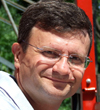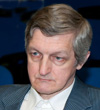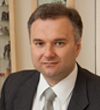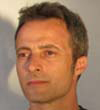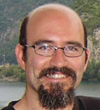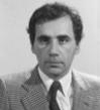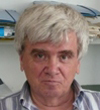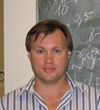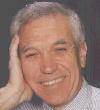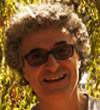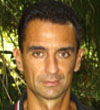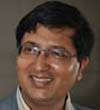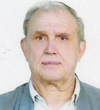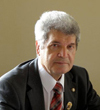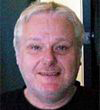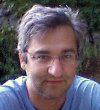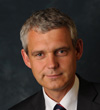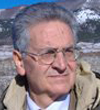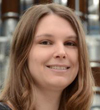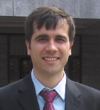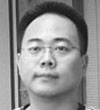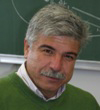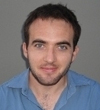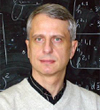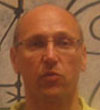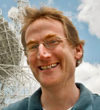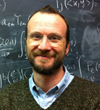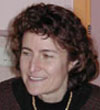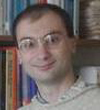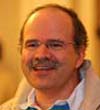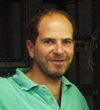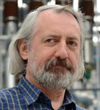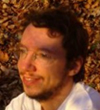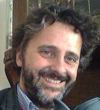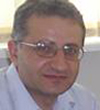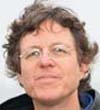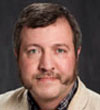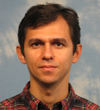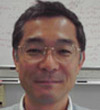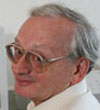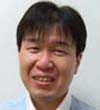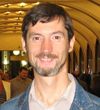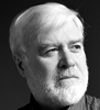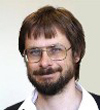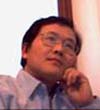Parallel Sessions Chairs (...preliminary list)
 

|
Julian BERENGUT Parallel Session: PT4 - Variation of Fundamental Constants Description: Space-time variation of fundamental constants from Big Bang to atomic clocks: theory and observations. |
 

|
Alessandro DE ANGELIS Parallel Session: HE1 - Experimental tests of fundamental physics with high energy gamma rays Description: |
 

|
Victor FLAMBAUM Parallel Session: PT4 - Variation of Fundamental Constants Description: Space-time variation of fundamental constants from Big Bang to atomic clocks: theory and observations. |
 

|
Chris L. FRYER Parallel Session: GB5 - GRBs and the Afterglow Description: |
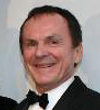 

|
Hagen KLEINERT Parallel Session: QG4 - Multivalued Fields for Defects in Spacetime and Gravity Description: Session QG4 will be devoted to multivalued fields. These appear in geometric theories of defects and can be used as a mathematical basis of for the Riemann-Cartan theory of gravity with torsion. See the textbook http://klnrt.de/b11. Defects in elastic media are the origin of the plastic properties of solids with all fatal consequences of material fatigue. Their theoretical description is of great importance for material science. If defects are present, the basic field variables of elasticity theory measuring the local displacement and rotational angle become multivalued. Certain higher derivatives of these fields, however, remain single-valued. These define a Riemann-Cartan geometry that accommodates naturally a theory of gravity with torsion, in which curvature and torsion are built from rotational and translational defects. Since these two defects are dependent of each other, physical phenomena which initially look quite different possess equivalent descriptions, the most famous example being Einstein's teleparallel theory of gravity. Parallel Session: DE3 - Large Scale Structure and Statistics Description: This session is devoted to the statistical assessment of large-scale structure. This includes higher-order statistics, morphological properties, the reality and significance of large structures in the Universe, standard rulers like BAO, the comparison with mock catalogues, path finders for next-generation galaxy catalogues, non-Gaussian statistics, black swan events, mass functions and abundance statistics of collapsed objects. We also welcome contributions on general-relativistic aspects of large-scale structure formation in these contexts like the measurement of backreaction in large-scale structure data, indirect measures of metrical properties and improved redshift-distance measures in inhomogeneous cosmologies. |
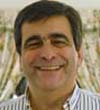 

|
José P. S. LEMOS Parallel Session: BH4 - Gravitational fields with sources: From compact objects to black holes Description: In its 100-year-long history general relativity has passed many stringent tests, and is now accepted as the standard theory of gravity and one of mankind's greatest achievements. Nevertheless, most experiments can only probe the weak-field regime, while the strong-curvature regime remains essentially unexplored. In this regime the structure and dynamics of compact objects and black holes can differ from general relativity with dramatic and potentially observable effects. This session will be devoted to recent theoretical developments on the physics of compact objects in Einstein's gravity and in modified theories of gravity. Topics will include: compact objects as probes of fundamental physics, regular black holes, quasiblack holes, wormholes, tests of gravity with black holes and neutron stars, exact solutions, black holes with hair, and strong-gravity effects in neutron stars beyond general relativity. http://centra.tecnico.ulisboa.pt/network/grit/mg14/ |
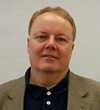 

|
Grant J. MATHEWS Parallel Session: GB5 - GRBs and the Afterglow Description: |
 

|
Razmik MIRZOYAN Parallel Session: HE1 - Experimental tests of fundamental physics with high energy gamma rays Description: |
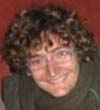 

|
Paolo PANI Parallel Session: BH4 - Gravitational fields with sources: From compact objects to black holes Description: In its 100-year-long history general relativity has passed many stringent tests, and is now accepted as the standard theory of gravity and one of mankind's greatest achievements. Nevertheless, most experiments can only probe the weak-field regime, while the strong-curvature regime remains essentially unexplored. In this regime the structure and dynamics of compact objects and black holes can differ from general relativity with dramatic and potentially observable effects. This session will be devoted to recent theoretical developments on the physics of compact objects in Einstein's gravity and in modified theories of gravity. Topics will include: compact objects as probes of fundamental physics, regular black holes, quasiblack holes, wormholes, tests of gravity with black holes and neutron stars, exact solutions, black holes with hair, and strong-gravity effects in neutron stars beyond general relativity. http://centra.tecnico.ulisboa.pt/network/grit/mg14/ |
 

|
Thomas TAURIS Parallel Session: BN3 - Double Neutron Stars and Neutron Star-White Dwarf Binaries Description: This Parallel Session will be devoted to the formation and evolution of double neutron stars and neutron star-white dwarf binaries. Possible topics include stellar evolution and binary interactions in X-ray binaries, common-envelope evolution, supernovae in close binaries, accretion-induced collapse of massive white dwarfs, radio pulsars in binaries, neutron star masses and spin periods, mergers and LIGO/VIRGO detection rates. https://astro.uni-bonn.de/~tauris/MG14DNS |
